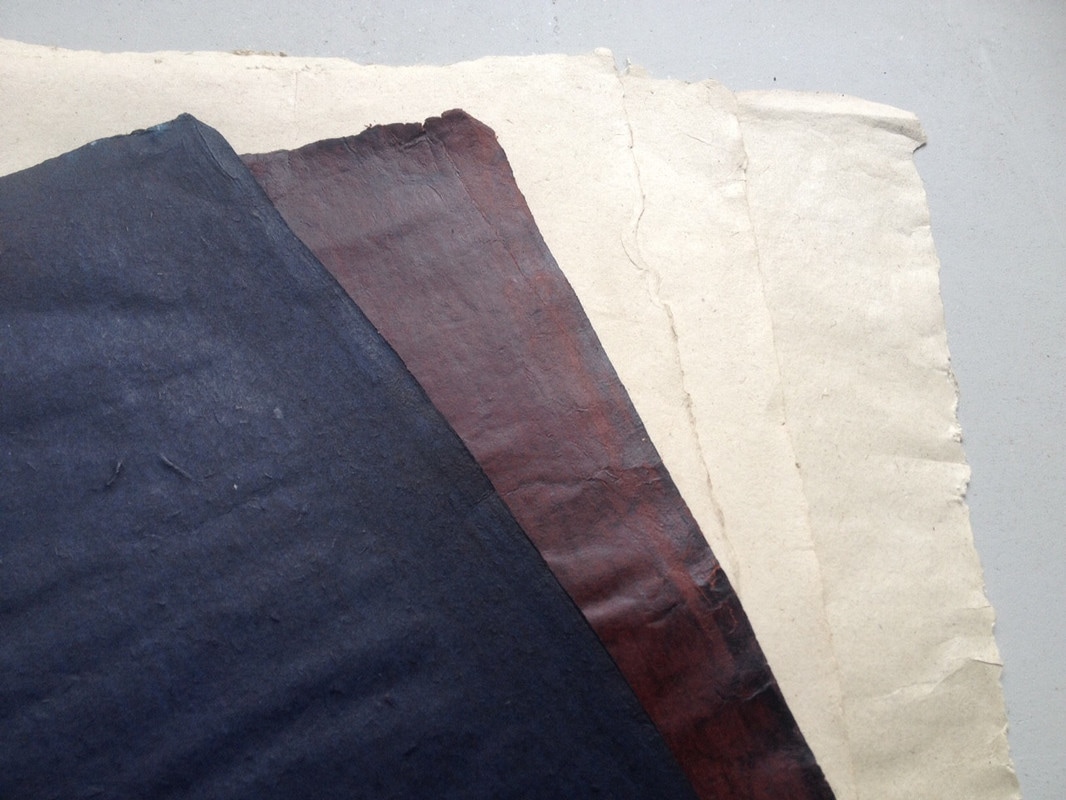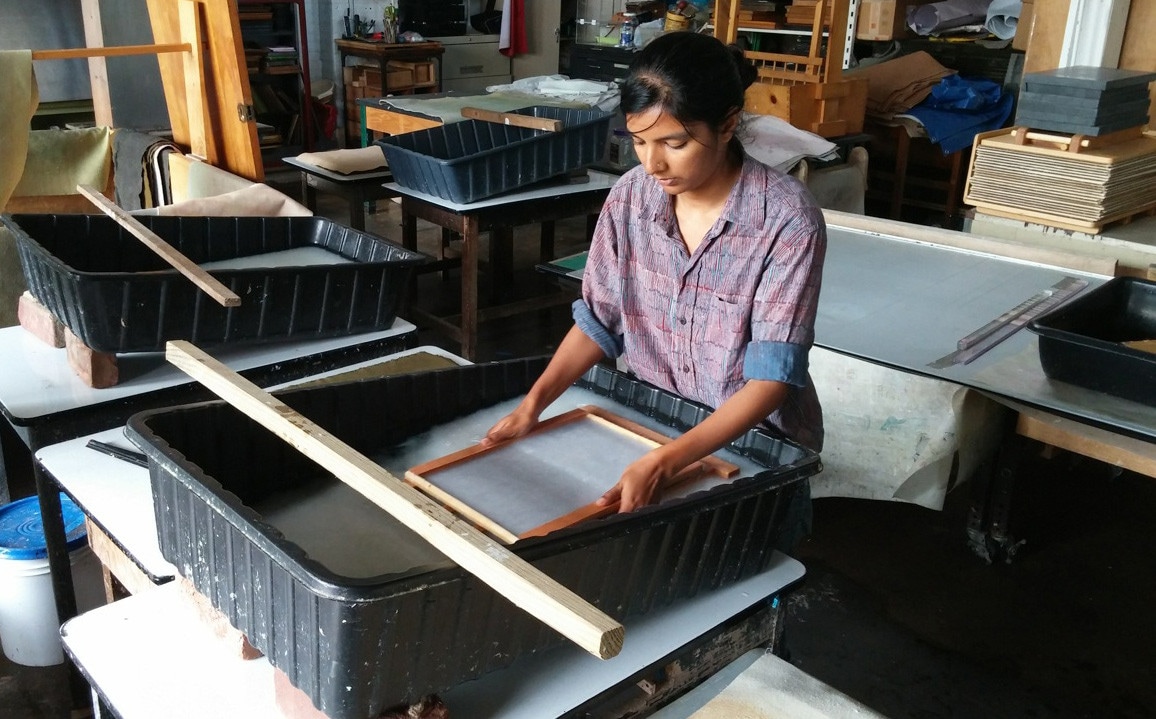|
By Farah AlRasheed Books were always objects that were utilized for knowledge in the Islamic world. Collections were made for calligraphy, illustrations, as well as religious knowledge. What is now Iraq was the ancient Sumer, where trading was a big part of the businessmen's world. They had difficulties keeping track of all the transactions they had made and so clay tablets were made in tiny shapes to mark some details. Then comes paper, a gift that was brought by Muslims from China. It happened after the battle that took place between the Chinese and the Muslims. Surprisingly, the secret of paper making was told by Chinese prisoners to Muslims. After taking a course in papermaking, where paper can be made by everything and anything that surrounds us all, it wasn't strange to hear that Muslims "employed linen as a substitute for the bark of the mulberry. Rags of linen were to be disintegrated, saturated with water, and made to ferment. After the rags are drenched in water and are prepared to be fermented, the alkaline residue and the dirt were eliminated as they are boiled. Unlike what we are blessed to have now the rags were beaten to a pulp using a trip hammer, a tool of maceration invented by the Muslims. Baghdad was known to be the first to establish many paper mills and that is how the industry grew even further. Europe used the paper mills in Damascus as a resource for paper and stationary. A library of organized collections of materials that were written. If you see the word papyrus, know that that's where the word paper came from in the Ancient Egypt times. It was used before the invention of paper that came out way before Christ. Bones, stones, and turtle bones were used to record information and write before paper came out. The reason why the Muslims and earlier on, the Chinese were adamant on the use of paper to avoid forgery during trades and anything business related. What interested me the most was that the Islamic society had a "paper economy". Not only that they had retail and wholesale for the business of paper but they also took longer to accept the use of paper " as a fitting support for God's word." The invention still comes from the Chinese but was discovered by Muslims in the 8th century. It then arrived by North Africa through the silk road Muslim travelers and finally arrived to Europe with a huge market. A highly renowned paper maker mentioned an artist whose name is, Radha Pandey, who focused on the invention of papermaking in Islam. Pandey made it quite evident in her research the comparison of the use of Islamic papermaking and flexible molds to Japanese and Korean papermaking techniques. I thought it was amazing to see that Pandey connected with one of the families that first implanted this tradition in their lives. She got to continue her research with Kagzis. Also, Pandey gives workshops on how paper is made in the ancient Islamic times by "dipping the vat once, the mold is then floated and pushed gently back down into the vat until the freshly-formed sheet floats off the mold gently. It is then dipped a second time before couching. Dyes are traditionally added to the vat, and then brushed onto the finished sheets before burnishing with an agate stone." She describes the technique on her research of Islamic papermaking which is also mentioned in her website linked below. https://www.radhapandey.com/islamic-world-papers http://www.muslimheritage.com/article/beginning-paper-industry Radha Pandey
Jonathan Wright
4/24/2017 05:02:14 pm
I love the texture of the paper it gives a a "leather like" quality. Interesting article I wouldn't mind learning this technique also.
farah alrasheed
4/26/2017 12:54:34 pm
THANKS JONATHAN Comments are closed.
|
|


